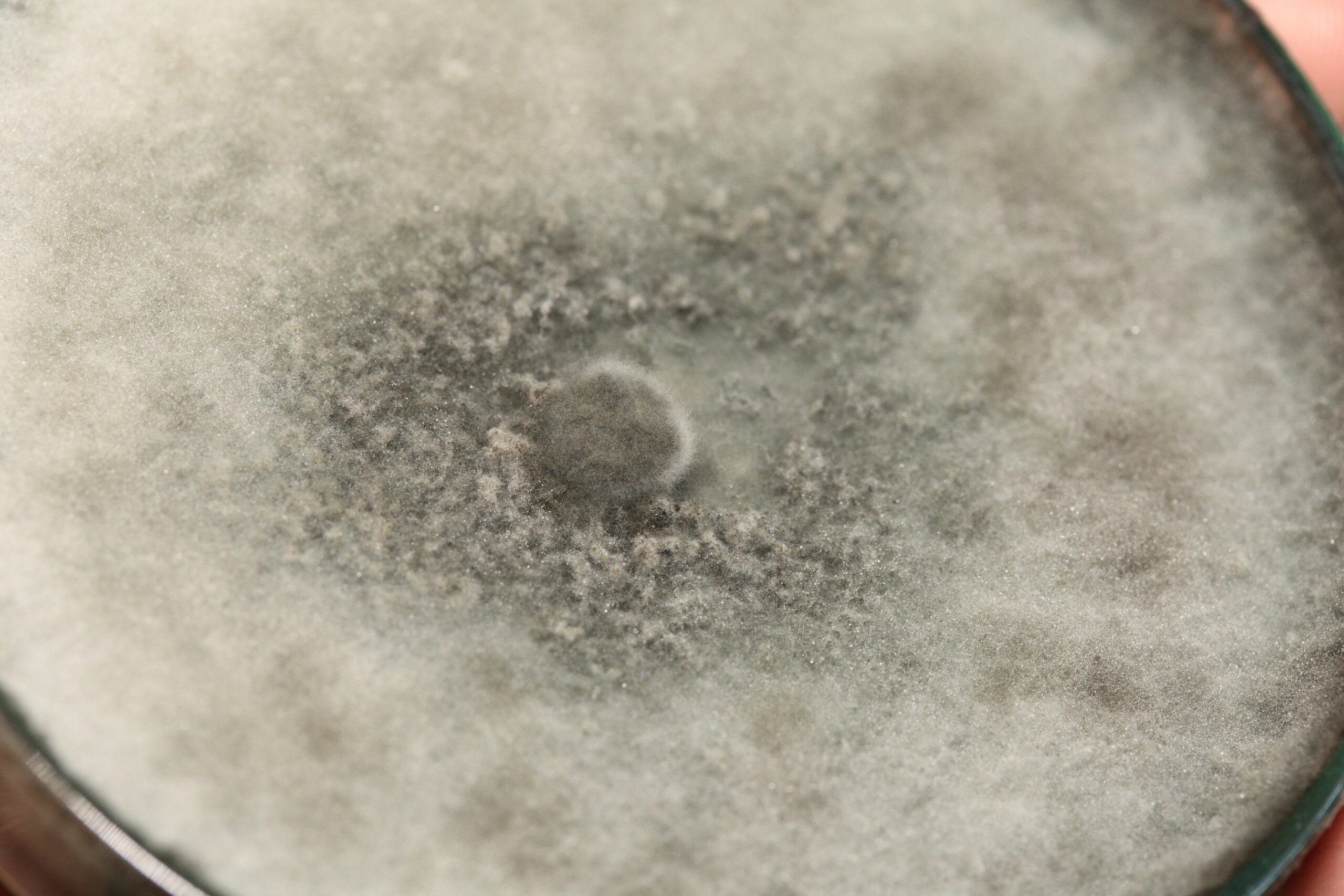In the heart of Japan’s esteemed culinary tradition lies an unsung hero that has shaped the country’s food culture for centuries. Aspergillus oryzae, a microscopic fungus, plays a pivotal role in the production of several staple Japanese ingredients and dishes. From sake to soy sauce, this microbial marvel works quietly behind the scenes, fermenting and transforming basic ingredients into complex and flavorful delicacies. This article unveils the fascinating world of Aspergillus oryzae, exploring its history, science, and the myriad ways it continues to influence both traditional and modern gastronomy.
Unveiling Aspergillus Oryzae: Japan’s Microbial Marvel
Aspergillus oryzae, a filamentous fungus, is a powerhouse in the realm of fermentation, a process integral to many culinary traditions around the world. In Japan, it has been revered for centuries, earning the nickname "koji" when used in the fermentation process. This microscopic organism is responsible for transforming simple ingredients into some of Japan’s most celebrated dishes and flavors. It’s a testament to the complexity and subtlety that microorganisms can bring to our tables.
The Secret Ingredient in Traditional Japanese Cuisine
Aspergillus oryzae is the secret ingredient behind many of Japan’s beloved flavors. It is the starter culture used to produce koji, the foundation of miso, sake, and soy sauce, among others. The unique enzymes produced by A. oryzae break down starches and proteins in grains and soybeans, transforming them into sugars and amino acids that enhance flavor and digestibility. This process, known as fermentation, is a cornerstone of Japanese cuisine, imparting umami and depth to a wide array of dishes.
Aspergillus Oryzae: The History and Origin
The use of Aspergillus oryzae in Japanese food preparation dates back at least to the 8th century, as documented in the oldest Japanese history book, the "Nihon Shoki." However, it was not until the 20th century that scientists identified A. oryzae as the specific mold responsible for the fermentation process. Since then, it has been cultivated and studied extensively for its remarkable ability to ferment soybeans and grains, becoming an indispensable part of Japan’s culinary heritage.
From Koji to Sake: Aspergillus Oryzae at Work
The journey from koji to sake illustrates the magic of Aspergillus oryzae. To make sake, steamed rice is inoculated with koji, which then ferments, breaking down the rice’s starches into sugars. These sugars are then fermented by yeast, producing alcohol. This double fermentation process, unique to sake production, is made possible by the enzymes from A. oryzae, showcasing the fungus’s critical role in creating one of Japan’s most iconic beverages.
Understanding the Science Behind Aspergillus Oryzae
At the molecular level, Aspergillus oryzae is a fascinating organism. Its genome encodes a vast arsenal of enzymes capable of breaking down a wide range of food substrates. Scientists are continually uncovering how these enzymes work, revealing the intricate dance between microbial life and food chemistry that allows A. oryzae to perform its culinary alchemy. This understanding not only deepens our appreciation of traditional fermentation processes but also opens new avenues for innovation in food science.
Aspergillus Oryzae: The Health Benefits Uncovered
Beyond its culinary contributions, Aspergillus oryzae also offers a range of health benefits. The fermentation process it initiates enhances the nutritional profile of food, increasing the availability of vitamins and minerals and producing beneficial compounds such as antioxidants and probiotics. These contribute to improved digestion and gut health, showcasing A. oryzae’s role not just as a flavor enhancer but also as a contributor to dietary wellness.
Mastering the Art of Koji: Techniques and Tips
Mastering the art of koji cultivation is both a science and an art, requiring precision, patience, and a touch of intuition. Key techniques involve controlling temperature and humidity to encourage the growth of Aspergillus oryzae while preventing contamination. Seasoned koji makers also develop an eye for judging the optimal moment to harvest koji, ensuring it has produced enough enzymes to impart the desired flavors and textures to the final product.
The Role of Aspergillus Oryzae in Modern Gastronomy
In modern gastronomy, Aspergillus oryzae is finding new life beyond traditional Japanese cuisine. Innovative chefs around the world are experimenting with koji, using it to marinate meats, ferment vegetables, or even make new types of cheeses and bread. This exploration is expanding the culinary possibilities of A. oryzae, demonstrating its versatility and potential to transform flavors across a wide range of foods.
Exploring the Versatility of Aspergillus Oryzae
The versatility of Aspergillus oryzae extends far beyond the boundaries of Japan. Its ability to ferment different substrates has led to its adoption in various culinary traditions, contributing unique flavors and textures to dishes worldwide. From Chinese soy sauce to Indonesian tempeh, A. oryzae is a global ambassador of fermentation, bridging cultures through the shared language of food.
Aspergillus Oryzae in the Global Culinary Scene
As globalization brings the world’s culinary traditions closer together, Aspergillus oryzae is emerging as a star in the global culinary scene. Enthusiasts and professionals alike are eager to explore its potential, leading to a renaissance of interest in fermentation and traditional food practices. As a result, A. oryzae is not only a bridge to the past but also a beacon for the future of gastronomy.
Preserving Tradition: Aspergillus Oryzae and Cultural Heritage
Aspergillus oryzae is more than just a culinary tool; it is a living link to Japan’s cultural heritage. Efforts to preserve traditional koji-making techniques are gaining momentum, reflecting a broader desire to maintain a connection to the past. Through workshops, documentaries, and culinary tours, knowledge of A. oryzae and its role in Japanese gastronomy is being shared with new generations, ensuring that this microbial marvel remains an integral part of Japan’s cultural identity.
Innovations and the Future of Aspergillus Oryzae in Cuisine
Looking to the future, the potential of Aspergillus oryzae in cuisine seems boundless. Ongoing research into its enzymatic capabilities is paving the way for new food innovations, from reduced-sugar products to environmentally sustainable food sources. As culinary scientists and chefs continue to explore the limits of fermentation, Aspergillus oryzae will undoubtedly play a key role in shaping the future of food.
Aspergillus oryzae, Japan’s microbial marvel, is a testament to the profound impact that microorganisms can have on our culinary world. From its historical roots to its modern applications, this fungus has not only shaped traditional Japanese cuisine but also captured the imagination of food lovers and innovators worldwide. As we continue to explore the frontiers of food science and gastronomy, Aspergillus oryzae stands as a symbol of the endless possibilities that await when we embrace the microscopic wonders of our world.




